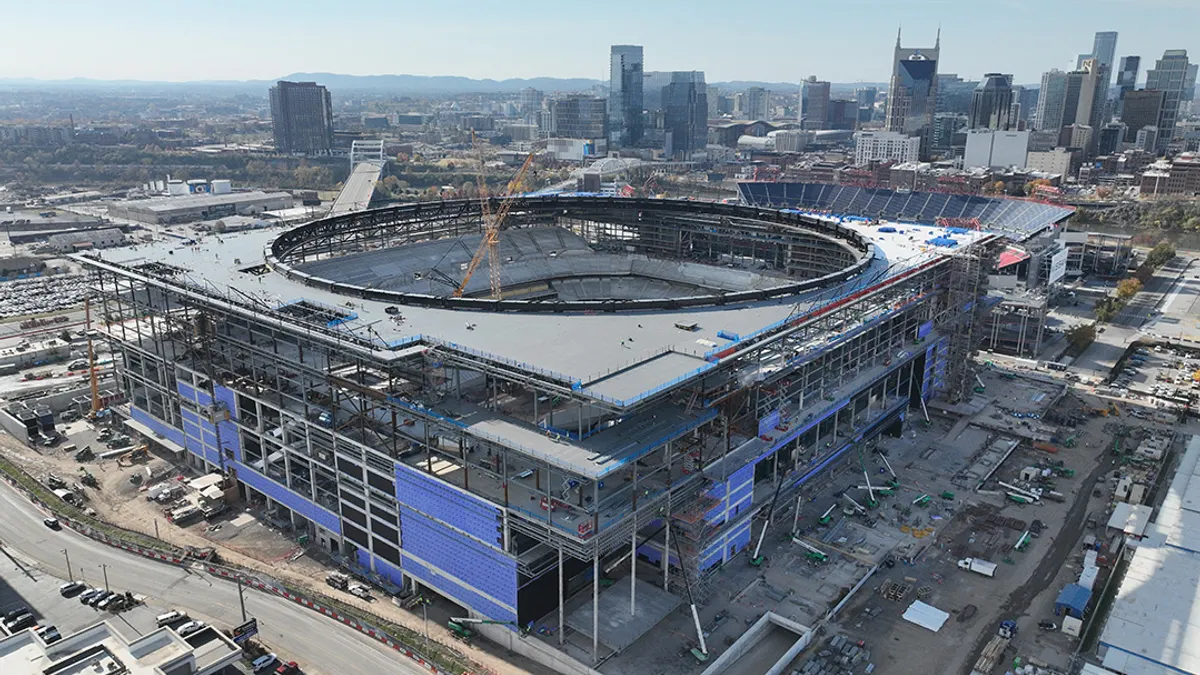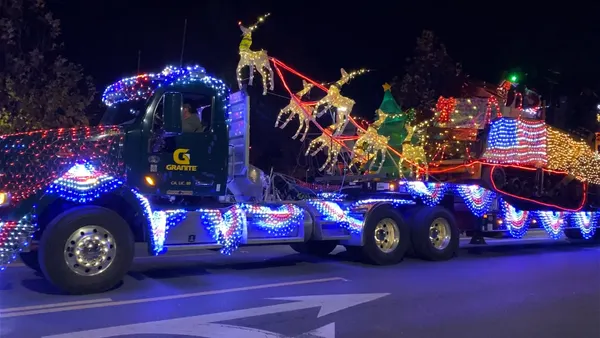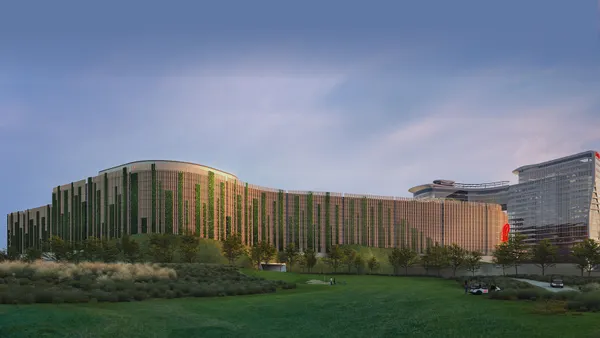Dive Brief:
-
As more streetlights in municipalities across the country are converted from high-intensity discharge lamps to LEDs, the latter’s considerably cooler color temperature has been questioned for its potentially negative environmental impact, according to Engineering.com.
-
Citing a February 2017 report from the Department of Energy responding to discussions around color temperature for streetlighting applications, Engineering.com contributor Tom Lombardo explains that cool white is the chosen temperature for LEDs because it makes the streetscape and the people and objects in it more visible, as well as being more energy efficient.
- To mitigate the environmental impact, Lombardo suggests tuning fixtures to avoid the wavelengths known to impact the circadian cycles of humans and animals, as well as turning down the power on the lights at night or when the street is unoccupied.
Dive Insight:
The U.S. Department of Energy expects the share of LED lamps and fixtures in use worldwide to grow considerably, from 6% in 2015 to 86% in 2035, with the potential to reduce energy consumption by three-quarters during that time. In the U.S., the technology is expected to grab a 30% share of the lighting market by 2020.
One factor pushing along adoption is the planned phase-out of common household incandescent lamps. LEDs have emerged as the main contender to replace incandescents, and while they are only beginning to make inroads into the home, they are more pervasive in commercial and institutional applications, where energy efficiency is the primary draw.
Meanwhile, the building design community continues to contend with the technical issues posed by this still-new technology, from flicker (continuous changes in light output noticed to varying degrees by building occupants) to its impact on the circadian rhythms of building occupants. Conversely, designers are capitalizing on the tunable nature of LED technology to enhance retail displays and help hospital patients sleep easier. In overhead streetlighting and retail applications, for example, LED fixtures are helping to incorporate more occupancy and motion sensors as well as security cameras.












